normal end tidal co2 pediatric
Listed in this appendix are pediatric normal ranges for some of the more common hematology and chemistry tests along with the references from which they were obtained. End-Tidal Carbon Dioxide during Pediatric PSG.

Capnography For Kids 5 Applications For Ems Providers To Consider
The median ETCO 2 value was 32 mmHg IQR 27 38 mmHg range 18-80 mmHg.
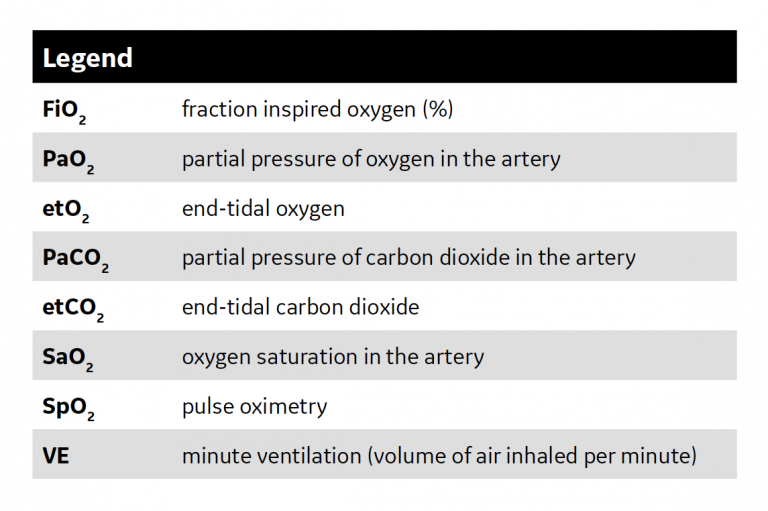
. When a person is breathing in it. Although the normal range for CO2 should be between 35-45mmHg CO2 monitoring gives healthcare providers a lot more insight into what is going on with a. More Than Just a Number.
End-tidal CO 2 et CO 2 monitoring is not a new modality in the pediatric emergency department PED and emergency department. End-tidal CO2 measured by an oralnasal cannula capnometry circuit. Variability of difference scores was not related to range of mean scores r 08 age r 09 or respiratory rate r 25.
So the short answer is you are. Also called capnometry or capnography this. End-tidal CO2 measured by an oralnasal cannula capnometry circuit is a noninvasive method of assessing indirect measurements of PCO2 in a normal pediatric population.
Sullivan MD Niranjan Kissoon MD CPEy and Salvatore R. Understand how capnography or end tidal CO2 helps to monitor integrity of airway cardiac output and CO2 production during anesthesia ACLS sedation emergency medicine prehospital arena. Forty-six of 96 48 95 confidence interval CI 38 58 patients had abnormal ETCO 2 values including.
Normal school-aged children are physiologically unlikely to fall asleep during the day and thus age-appropriate normative data must be used to interpret the MSLT. Use of end-tidal carbon dioxide ETCO 2 levels. End-tidal carbon dioxide ETco 2 monitoring provides valuable information about CO 2 production and clearance ventilation.
End-tidal carbon dioxide CO 2. The purpose of this study was to evaluate the association between end-tidal carbon dioxide EtCO2 values and disease severity among children with acute asthma. The normal end-tidal capnography wave form is basically a rounded rectangle.
End-tidal Carbon Dioxide Monitoring in Pediatric Emergencies Kevin J. It is the standard of care during certain procedures such as. Furthermore it is difficult to find veins in small children which makes this method even more impractical for use in a pediatric ED setting.
For a person with normal lungs the difference between end tidal and Paco2 can vary between 5-8mmHg depending on the book your reading.

Pdf Capnography For Monitoring End Tidal Co2 In Hospital And Pre Hospital Settings A Health Technology Assessment Semantic Scholar
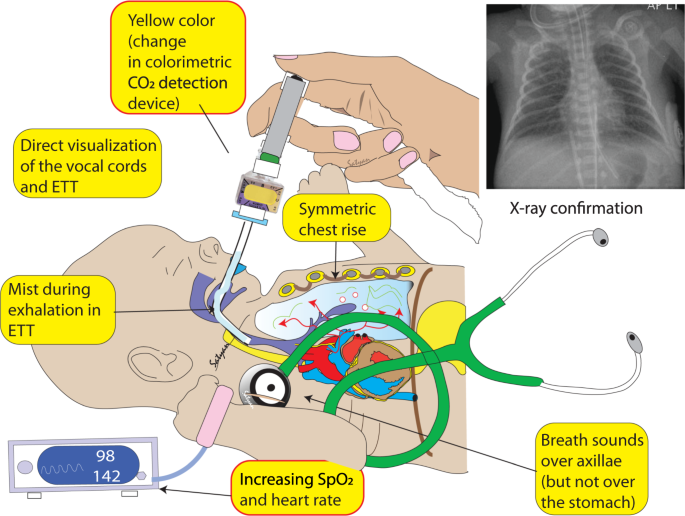
Non Invasive Carbon Dioxide Monitoring In Neonates Methods Benefits And Pitfalls Journal Of Perinatology

Be All End Tidal The Expanding Role Of Capnography In Prehospital Care Ems Med

Monitoring Exhaled Carbon Dioxide Respiratory Care

End Tidal Oxygen Measurement White Paper Clinical View

Cardiorespiratory Sleep Study For Children Dr Ankit Parakh

Noninvasive Assessment Of Arterial Co2 From End Tidal Co2 In Pediatric Intensive Care Unit Of Al Zahraa Hospital Abdel Salam R Mohamed Si Ezz Elarab Sa Sci J Al Azhar Med Fac Girls
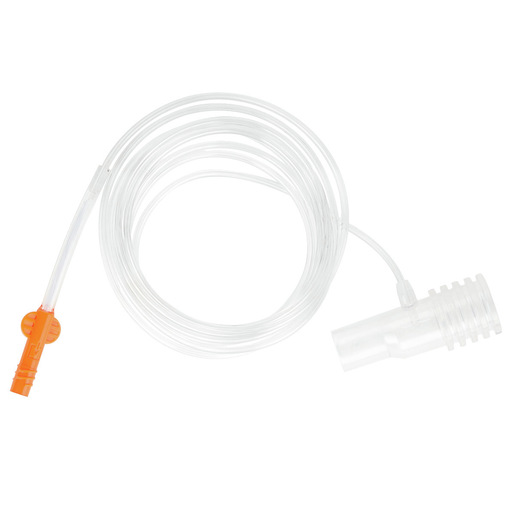
The Exciting Future Of Pediatric Capnography Bound Tree

Exhaled End Tidal Carbon Dioxide As A Predictor Of Lactate And Pediatric Sepsis The American Journal Of Emergency Medicine
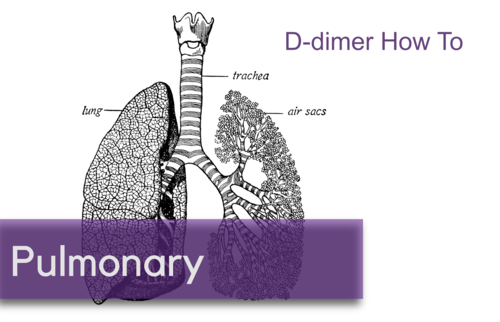
End Tidal Co2 In Cardiac Arrest Nuem Blog

How To Read And Interpret End Tidal Capnography Waveforms

Pdf Comparison Of Pediatric End Tidal Co2 Measured With Nasal Oral Cannula Circuit And Capillary Pco2 Thomas Abramo Academia Edu

End Tidal Co2 In Cardiopulmonary Resuscitation Etco2 In Cpr

Etco2 Valuable Vital Sign To Assess Perfusion The Airway Jedi
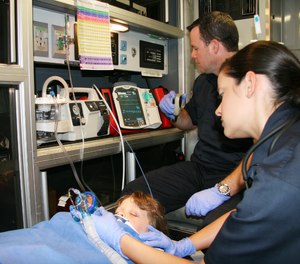
Training Day 3 Scenarios Where Capnography Is A Must

Pdf Arterial And End Tidal Carbon Dioxide Difference In Pediatric Intensive Care Akash Deep Academia Edu
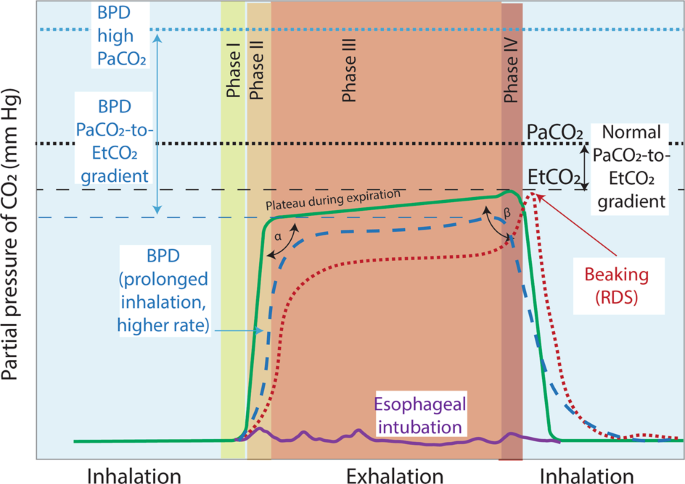
Non Invasive Carbon Dioxide Monitoring In Neonates Methods Benefits And Pitfalls Journal Of Perinatology

Basic Physiology Of A Capnogram Capnography

Part 4 Pediatric Basic And Advanced Life Support 2020 American Heart Association Guidelines For Cardiopulmonary Resuscitation And Emergency Cardiovascular Care Circulation